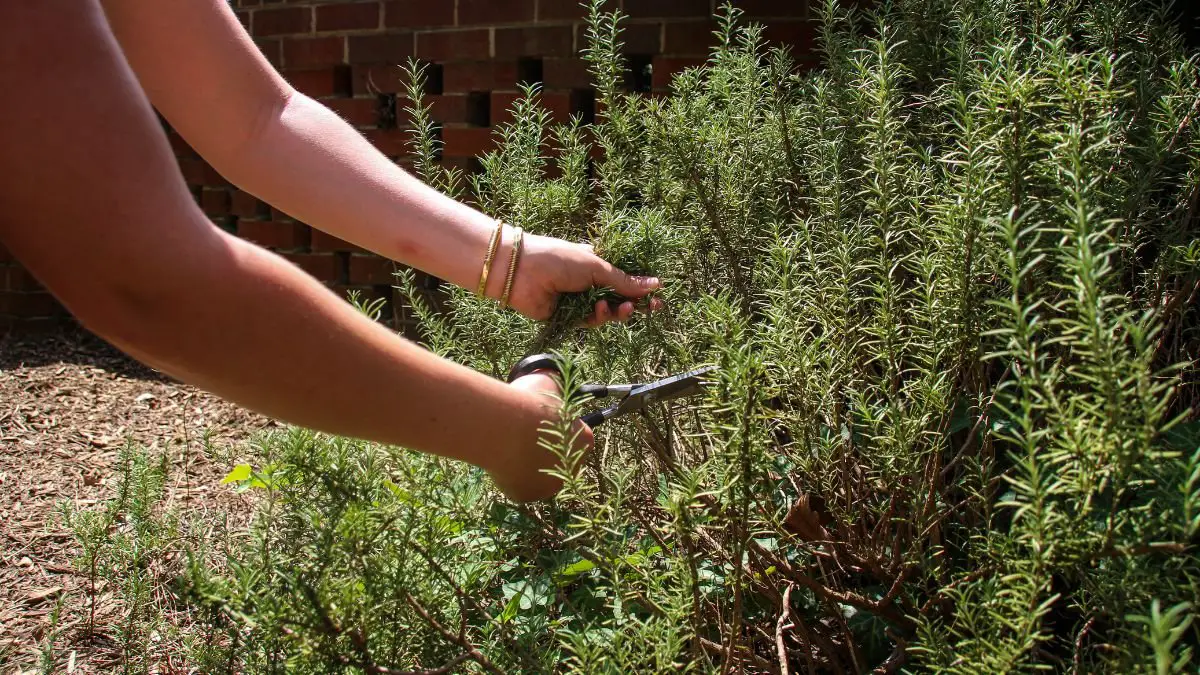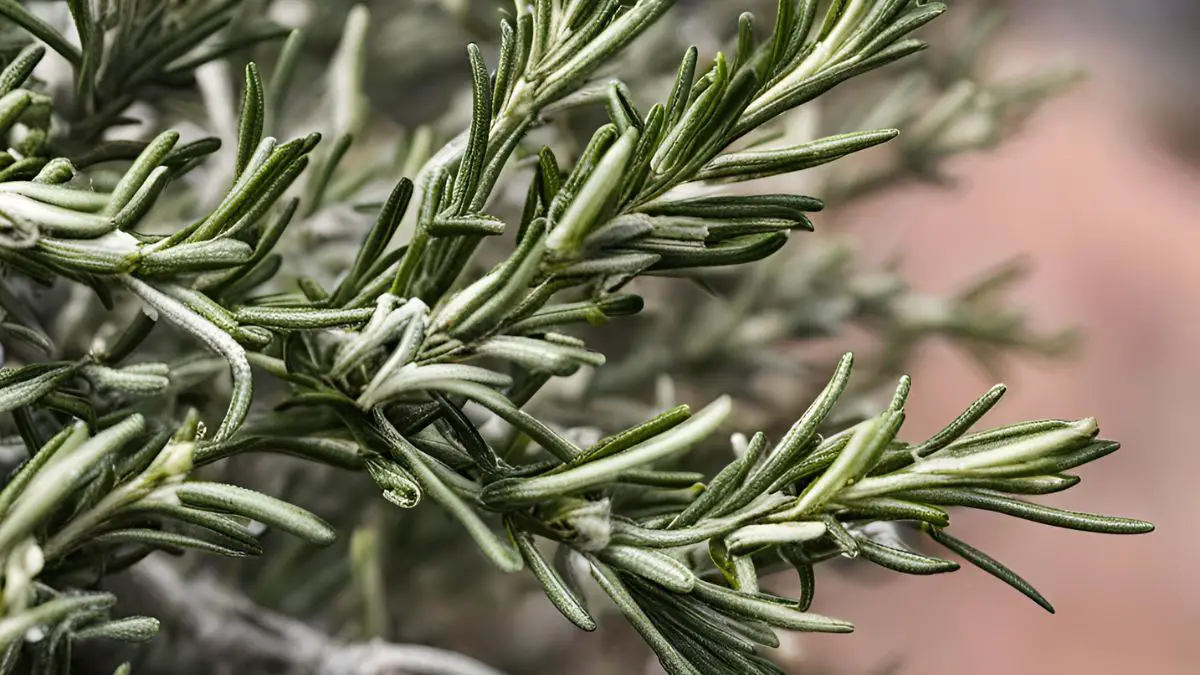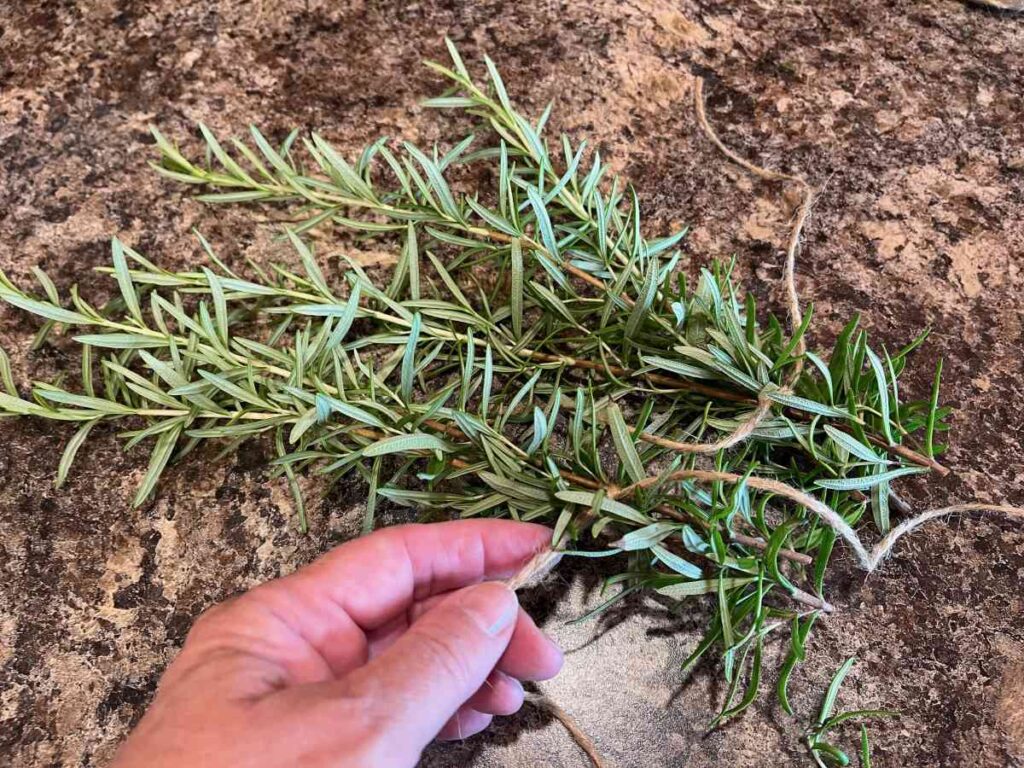Common Causes of Rosemary Plant Decline
Rosemary plants are known for their fragrant, needle-like leaves and versatility in cooking. However, even with proper care, rosemary plants can decline and die. If you’re wondering why your rosemary plant is dying, it’s essential to understand the common causes of decline. Overwatering, underwatering, root bound, pests, diseases, and nutrient deficiencies are the most common reasons why rosemary plants die.
Overwatering is a common mistake that can lead to root rot and other problems. When the soil is consistently waterlogged, the roots can rot, causing the plant to decline. Underwatering, on the other hand, can cause the leaves to turn yellow and drop. Root bound occurs when the plant has outgrown its container and needs to be transplanted into a larger pot.
Pests, such as spider mites and mealybugs, can also infest rosemary plants, causing damage and decline. Diseases, like root rot and leaf spot, can also affect rosemary plants, especially if the plant is not receiving proper care. Nutrient deficiencies can also cause rosemary plants to decline. Rosemary plants require well-draining soil and a balanced fertilizer to thrive.
By understanding these common causes of decline, you can take steps to prevent them and keep your rosemary plant healthy. For example, if you suspect that your rosemary plant is dying due to overwatering, check the soil moisture by sticking your finger into the soil up to the first knuckle. If the soil feels wet, wait a few days before watering again.
Identifying the underlying cause of your rosemary plant’s decline is crucial to saving your plant. In the next section, we’ll focus on how to identify and fix overwatering issues, which is the most common cause of rosemary plant death.
How to Identify and Fix Overwatering Issues
Overwatering is the most common cause of rosemary plant death, and it’s essential to identify the signs of overwatering to take corrective action. If you notice that your rosemary plant’s leaves are turning yellow or droopy, it may be a sign that the plant is receiving too much water. Other signs of overwatering include soft, mushy stems and a sour or unpleasant odor from the soil.
To fix overwatering issues, it’s crucial to adjust your watering schedule. Check the soil moisture by sticking your finger into the soil up to the first knuckle. If the soil feels wet, wait a few days before watering again. It’s also essential to improve soil drainage to prevent waterlogged soil. You can add organic matter like compost or perlite to the potting mix to enhance drainage.
Another way to prevent overwatering is to use a well-draining potting mix specifically designed for herbs like rosemary. Avoid using regular potting soil, as it can retain too much water and cause root rot. You can also repot your rosemary plant in a container with better drainage holes to prevent water from accumulating in the soil.
In addition to adjusting your watering schedule and improving soil drainage, it’s essential to monitor your rosemary plant’s condition regularly. Check for signs of overwatering, such as yellowing leaves or soft stems, and take action promptly. By catching the problem early, you can prevent further damage and save your rosemary plant.
Remember, rosemary plants prefer dry soil, so it’s better to err on the side of caution and underwater slightly than to overwater. By following these tips, you can prevent overwatering issues and keep your rosemary plant healthy and thriving.
The Importance of Proper Soil and Fertilization
Soil quality and fertilization play a crucial role in maintaining a healthy rosemary plant. Rosemary plants prefer well-draining soil that is rich in organic matter. A good potting mix should contain a combination of peat moss, vermiculite, and perlite to provide excellent drainage and aeration.
When it comes to fertilization, rosemary plants require a balanced fertilizer that is high in phosphorus and potassium. A fertilizer with a ratio of 10-10-10 (nitrogen-phosphorus-potassium) is ideal for rosemary plants. However, it’s essential to avoid overfertilizing, as this can cause more harm than good.
To fertilize your rosemary plant, apply a balanced fertilizer once a month during the growing season (spring and summer). Dilute the fertilizer to half the recommended strength to avoid burning the roots. You can also use organic fertilizers like compost or manure tea to provide a slow release of nutrients.
In addition to using a balanced fertilizer, it’s also essential to repot your rosemary plant every year to refresh the soil and provide a larger pot if necessary. Choose a pot that is only slightly larger than the previous one, as rosemary plants prefer to be slightly root-bound.
By providing your rosemary plant with proper soil and fertilization, you can promote healthy growth and prevent nutrient deficiencies. Remember, a healthy rosemary plant is more resistant to pests and diseases, so it’s essential to prioritize soil quality and fertilization.
Some good potting mixes for rosemary plants include Miracle-Gro Potting Mix, Black Kow All Purpose Potting Mix, and Espoma Organic Potting Mix. When choosing a fertilizer, look for products that are specifically formulated for herbs like rosemary.
Pest Control and Disease Prevention
Rosemary plants are susceptible to various pests and diseases that can cause significant damage and even death. Spider mites, mealybugs, and aphids are common pests that can infest rosemary plants, while root rot, leaf spot, and powdery mildew are common diseases that can affect the plant.
To control pest infestations, inspect your rosemary plant regularly for signs of pests, such as white powdery patches, sticky substance on the leaves, or actual pests on the plant. Use neem oil or insecticidal soap to control infestations, and make sure to follow the product’s instructions carefully.
For disease prevention, ensure good air circulation around the plant, and avoid overhead watering, which can splash water on the leaves and create an environment conducive to disease. Use a fungicide specifically designed for herbs like rosemary to prevent fungal diseases.
Some organic methods for controlling pests and diseases include introducing beneficial insects, such as ladybugs or lacewings, to control aphid populations, and using diatomaceous earth to control spider mites and other pests.
It’s also essential to maintain good hygiene practices when handling your rosemary plant, such as washing your hands before and after handling the plant, and disinfecting any tools or equipment used on the plant.
By taking proactive steps to prevent pest infestations and diseases, you can help keep your rosemary plant healthy and thriving. Regular monitoring and prompt action can help prevent the spread of pests and diseases, reducing the risk of plant death.
Pruning and Training for Healthy Growth
Regular pruning and training are essential for maintaining a healthy rosemary plant. Pruning helps to promote bushy growth, encourages new shoots, and prevents the plant from becoming leggy. It also allows for regular harvesting of the leaves, which can help to prevent the plant from flowering and going to seed.
To prune your rosemary plant, use a pair of clean, sharp scissors or pruning shears to cut off any dead or damaged leaves or stems. Cut back the tips of the stems to encourage branching and promote a fuller plant. You can also prune the plant to maintain a desired shape or size.
Training is also important for rosemary plants. You can train the plant to grow up a trellis or other support, or you can prune it to maintain a compact, bushy shape. Regular pruning and training can help to keep your rosemary plant healthy and thriving.
Some tips for pruning and training rosemary plants include:
- Prune your rosemary plant regularly to promote bushy growth and prevent legginess.
- Use clean, sharp scissors or pruning shears to prevent spreading disease.
- Cut back the tips of the stems to encourage branching and promote a fuller plant.
- Train your rosemary plant to grow up a trellis or other support to make the most of space.
By pruning and training your rosemary plant regularly, you can help to keep it healthy and thriving. Regular pruning and training can also help to promote bushy growth, encourage new shoots, and prevent the plant from flowering and going to seed.
Environmental Factors Affecting Rosemary Plant Health
Rosemary plants are sensitive to environmental factors, such as temperature, humidity, and light, which can impact their health and well-being. Understanding how these factors affect your rosemary plant can help you optimize growing conditions and troubleshoot common issues.
Temperature is a critical factor in rosemary plant health. Rosemary plants prefer daytime temperatures between 65-75°F (18-24°C) and nighttime temperatures around 55-65°F (13-18°C). Avoid placing your rosemary plant near heating or cooling vents, fireplaces, or drafty windows, as sudden temperature fluctuations can cause stress to the plant.
Humidity is another important factor to consider. Rosemary plants prefer a relatively low humidity environment, around 40-50%. If your home is particularly humid, consider using a dehumidifier to maintain a healthy humidity level.
Light is also essential for rosemary plant health. Rosemary plants prefer bright, indirect light, but can tolerate some direct sunlight. Avoid placing your rosemary plant in a spot with low light, as this can cause the plant to become leggy and weak.
Other environmental factors to consider include air circulation, soil moisture, and fertilization. Good air circulation can help prevent fungal diseases, while proper soil moisture and fertilization can promote healthy growth and prevent nutrient deficiencies.
By understanding how environmental factors impact your rosemary plant, you can take steps to optimize growing conditions and troubleshoot common issues. This can help prevent problems and keep your rosemary plant healthy and thriving.
Reviving a Dying Rosemary Plant: A Step-by-Step Guide
If your rosemary plant is dying, don’t give up hope. With the right care and attention, you can revive your plant and help it thrive once again. Here’s a step-by-step guide to help you revive your dying rosemary plant:
Step 1: Assess the Plant’s Condition
Before you start reviving your rosemary plant, it’s essential to assess its condition. Check the plant’s leaves, stems, and roots for signs of damage or disease. If the plant is severely damaged or diseased, it may be best to start with a new plant.
Step 2: Prune the Plant
Pruning is an essential step in reviving a dying rosemary plant. Cut back any dead or damaged leaves or stems, and trim back the plant to encourage new growth. Use a pair of clean, sharp scissors or pruning shears to avoid spreading disease.
Step 3: Repot the Plant
If your rosemary plant is pot-bound or the soil is depleted of nutrients, it’s time to repot the plant. Choose a well-draining potting mix and a pot that is only slightly larger than the previous one. Gently remove the plant from its pot and trim back any dead or damaged roots.
Step 4: Adjust Care Routines
Once you’ve pruned and repotted your rosemary plant, it’s essential to adjust your care routines. Check the plant’s watering needs and adjust your watering schedule accordingly. Also, make sure to provide the plant with enough light and nutrients.
By following these steps, you can revive your dying rosemary plant and help it thrive once again. Remember to be patient and provide your plant with the right care and attention.
Conclusion: Keeping Your Rosemary Plant Thriving
Reviving a dying rosemary plant requires attention to detail, patience, and the right care. By understanding the common causes of rosemary plant decline, identifying and fixing overwatering issues, and providing proper soil and fertilization, you can help your plant thrive.
Additionally, regular pruning and training, pest control and disease prevention, and optimizing environmental factors can all contribute to a healthy and thriving rosemary plant.
Remember, every rosemary plant is unique, and what works for one plant may not work for another. Be patient, observe your plant’s responses to different care techniques, and adjust your approach as needed.
By following the tips and guidelines outlined in this article, you can help your rosemary plant recover from decline and thrive for years to come. Don’t give up on your plant – with the right care and attention, it can be revived and continue to provide you with fresh, fragrant herbs for cooking and enjoyment.
Keep in mind that prevention is key. Regularly inspect your plant for signs of decline, and take action promptly to address any issues that arise. With proper care and attention, your rosemary plant can thrive and provide you with a bountiful harvest of fresh herbs.








